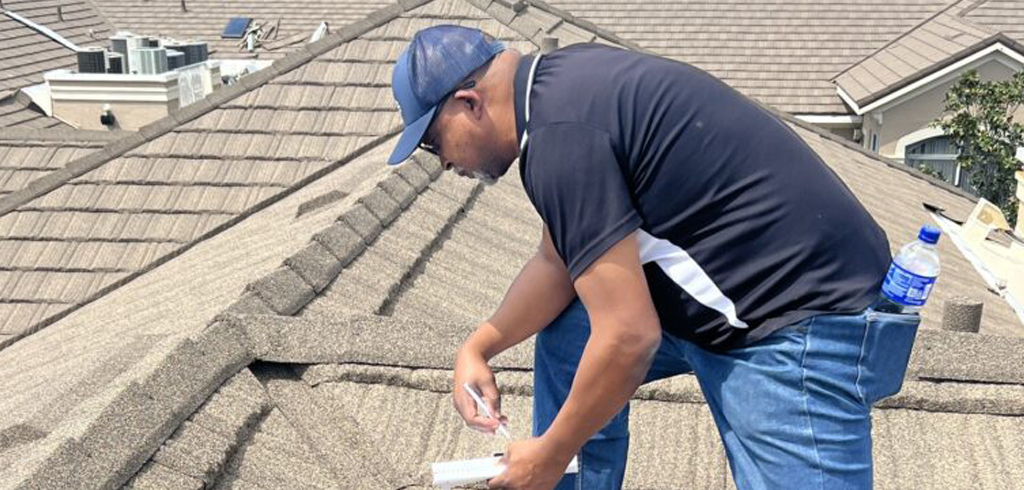7 Key Signs Of Wind Damage To Your Roof

After a major storm, it’s natural to look for signs of wind damage to a roof, but not all issues are immediately visible. Even moderate wind can lift shingles, displace flashing, or weaken seals around roof features.
If these warning signs are missed, your home can suffer from moisture intrusion, insulation problems, and structural decay over time.
Missing or Misaligned Shingles
One of the most obvious signs something is wrong is a missing shingle, or several. High winds can lift shingles from their adhesive strip and blow them away.
Sometimes, shingles don’t fully detach but shift out of place. This leaves the underlayment exposed, which compromises the roof’s ability to repel water. Over time, this can lead to leaks and internal water stains.
Flashing Damage Around Roof Features
Metal flashing protects edges around chimneys, skylights, and vents. If the wind has pulled or bent the flashing, you may not notice the issue from the ground.
Still, these vulnerable points are often where leaks begin. An inspection from a construction monitoring specialist can help identify small but impactful shifts in flashing or fastener placement.
Granule Loss from Asphalt Shingles
Asphalt shingles are coated with protective granules that help block UV rays and extend roof life. After strong wind events, you might find granules in your gutters or around the base of downspouts.
This type of material loss is one of the lesser-known damage signs from the wind, yet it can shorten the lifespan of your roof dramatically.
Curled or Lifted Shingle Edges
You might spot shingles that appear warped or curled at the corners. This usually means the wind has compromised the seal between the shingle and the layer beneath.
Over time, this movement invites water, pests, and debris to enter the roof system. Shingles that move easily in the breeze should be replaced.
Leaks or Ceiling Stains Inside the Home
Sometimes, the first wind damage signs appear indoors. Water spots on the ceiling, bubbling paint, or peeling plaster might point to damage on the roof above.
By the time interior symptoms emerge, the roof issue has likely been present for a while. Prompt evaluation can limit further interior deterioration.
Visible Debris Patterns on the Roof
Twigs, branches, or leaves in concentrated patches can indicate strong directional wind patterns. These clusters often pile up in roof valleys, which are prone to water accumulation. Even if the shingles look intact, debris weight and trapped moisture can lead to rot or mold.
Roof Vents or Soffits that Have Shifted
Wind can displace roof ventilation covers or bend soffits at the edges of the eaves. These features regulate airflow in your attic and help avoid moisture buildup.
Damaged vents can disrupt this balance, leading to insulation issues or mold growth. If you suspect subtle damage, requesting a reserve study can be helpful for long-term planning.
The Roof May Look Fine—But Don’t Guess
Spotting the signs of wind damage to a roof takes more than a quick glance. Subtle changes after a storm often lead to larger issues down the road.
Damage isn’t always obvious, and even small compromises in the roof system can open the door to costly repairs.
At Stone Building Solutions, we document what others miss. Whether you own a single property or manage multiple sites, our specialists uncover structural shifts, roofing flaws, and potential risks early. For a clear understanding of your roof’s condition after high wind events, reach out today.
